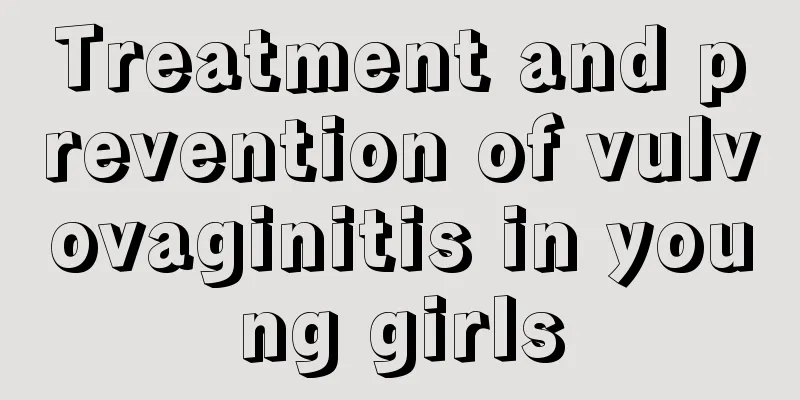What medicine should children take if their lead content exceeds the standard?

|
When the lead content exceeds the human body's requirement, it will cause harm to the body, such as constipation, diarrhea, nausea, vomiting and other symptoms. Lead is not the pencil we see in our lives, but lead is contained in paint, so babies should develop good habits from an early age not to bite pencils because there is a layer of paint on the surface of pencils. When children's lead content exceeds the standard, they can eat more crude fiber foods to prevent the absorption of lead. Main hazards When lead is absorbed into the human body through the respiratory tract and digestive tract, its effects on the body are systemic and multi-systemic. Depending on the presence or absence of clinical manifestations, childhood lead poisoning is divided into symptomatic lead poisoning and asymptomatic lead poisoning (or subclinical lead poisoning). 1. Nervous system: irritability, hyperactivity, short attention span, aggressive behavior, slow reaction, drowsiness, movement disorders. Severe cases may include mania, delirium (a temporary neurological disorder characterized by confusion, bewilderment, incoherent speech, restlessness, agitation, and often delusions or hallucinations), visual impairment, and cranial nerve paralysis. When the blood lead level is around 1000 ug/L (4.826umol/L), symptoms of lead encephalopathy such as headache, vomiting, convulsions, coma, and even death may occur. 2. Digestive system: abdominal pain, constipation, diarrhea, nausea, vomiting, etc. 3. Blood system: microcytic hypochromic anemia, etc. 4. Cardiovascular system: hypertension and arrhythmia. 5. Urinary system: aminoaciduria, glucosuria, and hyperphosphaturia in the early stage, and in the late stage, patients may experience manifestations of renal failure such as azotemia. Subclinical lead poisoning mainly affects children's intellectual behavioral development and physical growth. Due to the lack of clinical manifestations sufficient to attract the attention of parents and pediatricians, it is often easily ignored. By the time it is discovered, the toxic effects of lead are difficult to reverse. Its hidden and progressive pathological characteristics make it more harmful to children's health. Therefore, it is the focus of research on childhood lead poisoning. Misconception The lead in lead poisoning is different from the lead in pencils. The main component of lead in pencils is C (carbon/graphite, and the lead of pencils is made of graphite and clay mixed in a certain proportion), which is harmless to the human body. However, the paint on the surface of pencils contains lead. Therefore, it is necessary to prevent children from forming the habit of biting pencils. hint Dear parents and friends, please beware of "lead", the silent "killer"! Lead removal method By taking in nutrients and dietary fiber, it prevents lead from being absorbed in the digestive tract and supplements nutrients at the same time. It is suitable for use with blood lead levels below 200 micrograms. Dietary fiber is directly excreted from the body through feces and has no toxic side effects. It is currently a relatively safe method of lead excretion. |
<<: How to regulate children's internal heat
>>: Does a slow fetal heart rate have any impact on the fetus?
Recommend
What to do if an 8-year-old child has a hunchback?
Many parents will encounter the problem of hunchb...
How to treat nephrotic syndrome in children
Children with nephrotic syndrome have a relativel...
What are children lacking when they are picky eaters?
Children being picky about eating is a common pro...
What are the complications of tonsillitis in children?
Tonsillitis in children is a common disease in ch...
How to prevent baby from bloating when drinking milk?
Young babies do not know how to pause when drinki...
How to guide your baby to squat and urinate
When the child can say some simple words, you can...
Can children eat pears when they have a cough?
Pears have the effect of clearing away heat and d...
What should you eat if you have precocious puberty?
All children need sufficient nutrients during the...
What should I do if mycoplasma pneumoniae is infected in children?
Mycoplasma is a pathogenic microorganism that is ...
What are the methods to relieve neonatal colic?
Newborns are prone to gastrointestinal diseases, ...
What should children eat to grow taller after menstruation?
I believe that many female friends would worry ab...
Is it normal for a child to be sleepy when having a fever?
Children have relatively poor resistance, so it i...
What should I do if my child has a runny nose and cough?
Once a child has symptoms such as runny nose and ...
What is the reason for enlarged testicles in children?
If you find that your child's testicles are s...
What to eat when a child vomits
As a child grows up, mothers are most worried abo...









